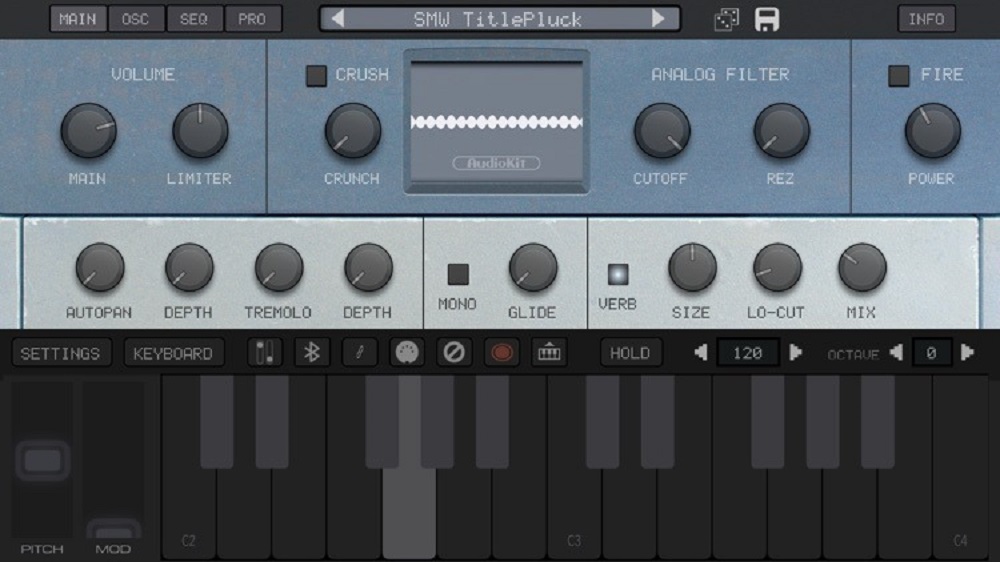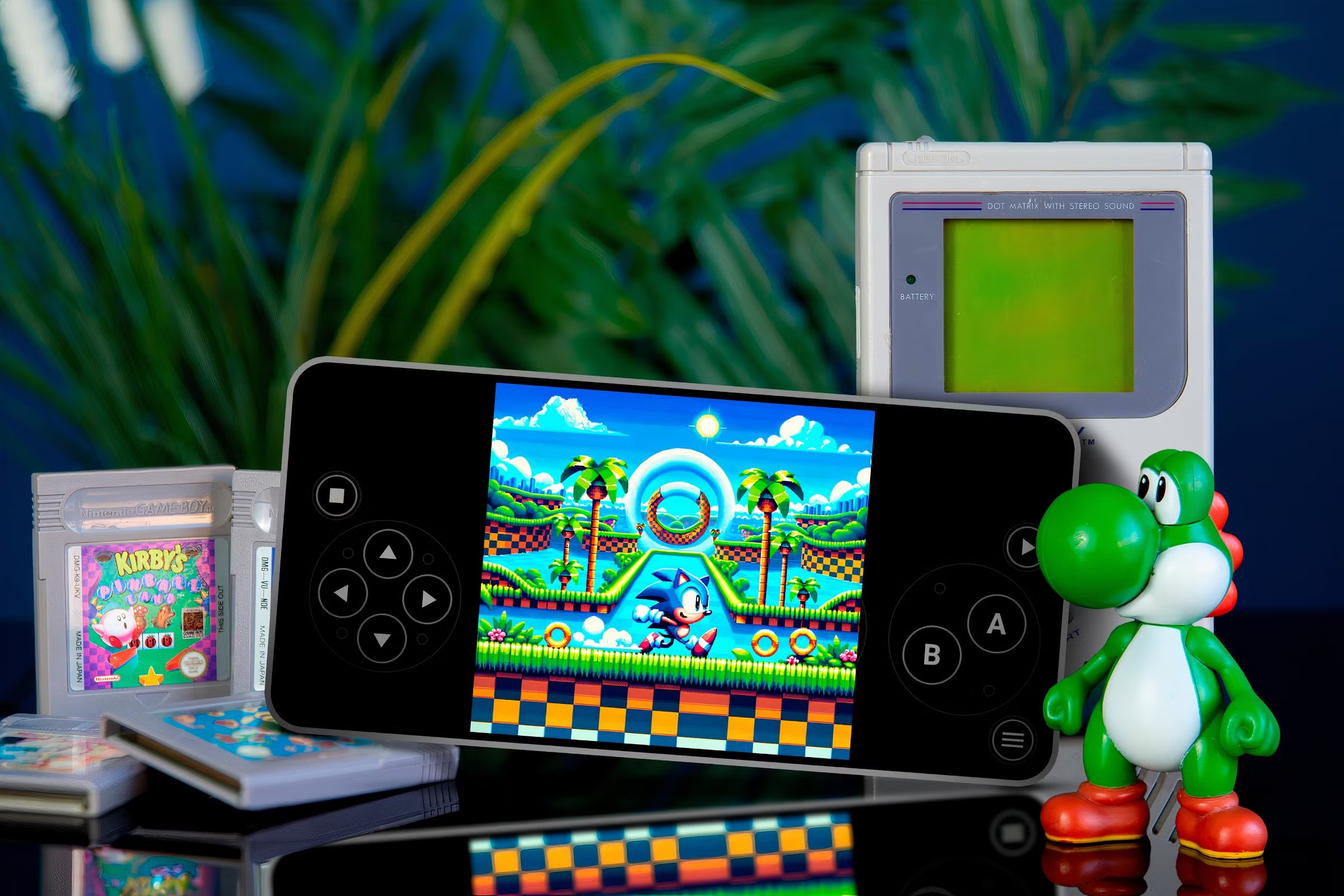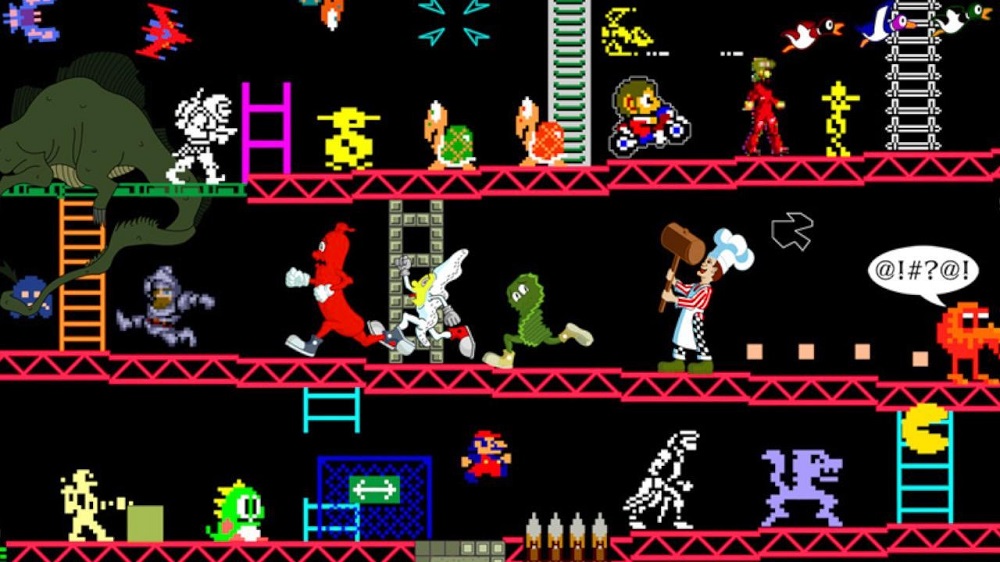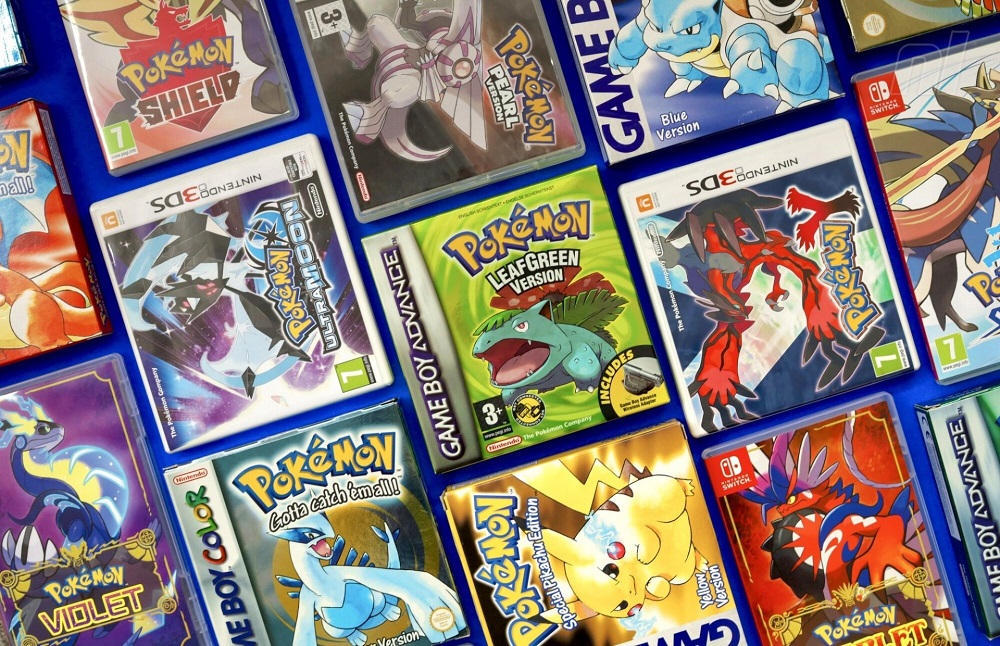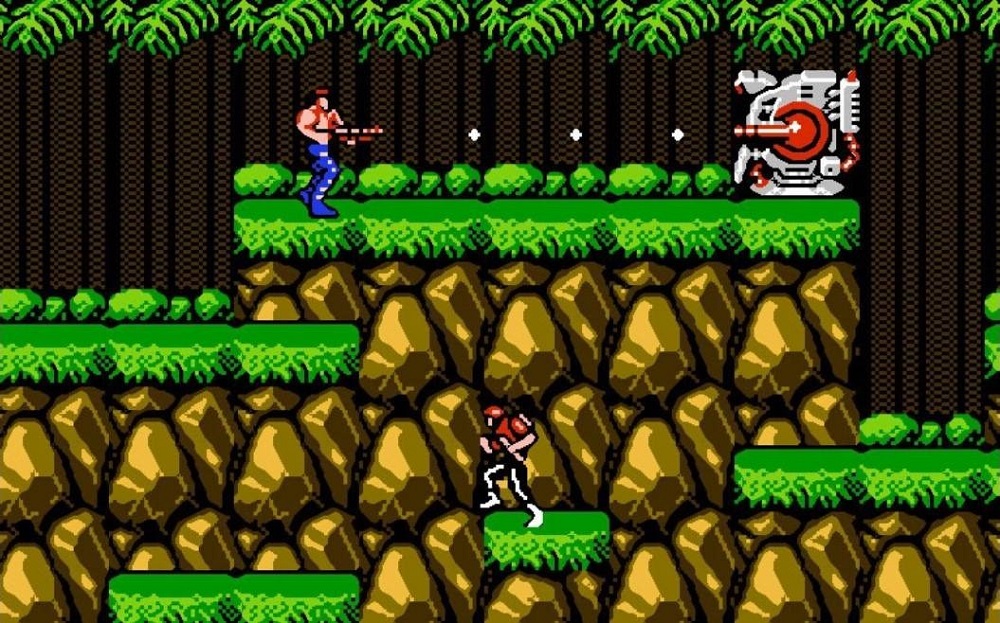If you grew up in the ‘80s or ‘90s, chances are you can still hum the Super Mario Bros. theme or the opening notes of The Legend of Zelda. Retro game music, often called chiptune, wasn’t just background sound — it was the heartbeat of an era. Limited by hardware, yet endlessly creative, these soundtracks shaped not only how we remember classic games but also how modern music evolved. Today, these melodies are celebrated not only as nostalgic memories but as a legitimate cultural force.
Why Retro Game Music Stuck in Our Heads
Early consoles like the NES and Sega Master System had strict limitations — only a handful of audio channels, limited waveforms, and tiny file sizes. Yet, instead of being a drawback, these limitations encouraged clarity and memorability.
Koji Kondo’s Super Mario Bros. theme is the perfect example: upbeat, looping, and perfectly matched to the rhythm of gameplay. The simplicity meant that players heard the same bars of music over and over — and instead of becoming annoying, they became iconic.
Retro music had to grab attention instantly, reinforce the emotion of the game, and be simple enough for the hardware to produce. That’s why many retro themes remain unforgettable decades later.
Hardware That Shaped the Sound
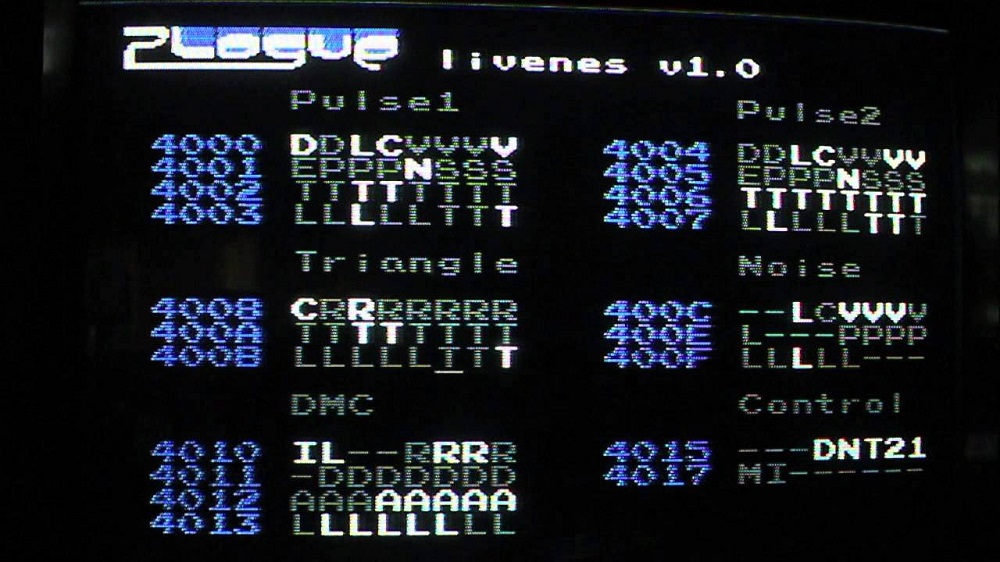
Every retro console had its own distinctive “voice,” shaped by the sound chip inside:
- NES APU: Offered 5 channels — 2 for pulse waves, 1 for triangle waves (bass), 1 for noise (percussion), and 1 for sample playback. This hardware defined the classic “8-bit” sound.
- Game Boy: Portable but powerful, its 4-channel chip delivered iconic handheld chiptunes that still inspire artists today. This ties directly to how the Game Boy: The Console That Fit in Your Pocket changed portable gaming.
- Sega Genesis YM2612: Used FM synthesis, allowing for more complex tones, richer bass, and even “funky” electric sounds. That’s why Streets of Rage still has one of the best retro soundtracks.
- Commodore 64 SID chip: A fan favorite. Its flexible filters and waveforms made it feel more like a real synthesizer. Some modern chiptune artists still compose directly on the C64.
Each chip was like a unique instrument. A Mario game on NES sounded like an NES game. A Genesis beat-em-up had a gritty FM groove no other console could replicate.
Iconic Composers of the Retro Era
Behind every great chiptune was a composer pushing hardware to its limit:
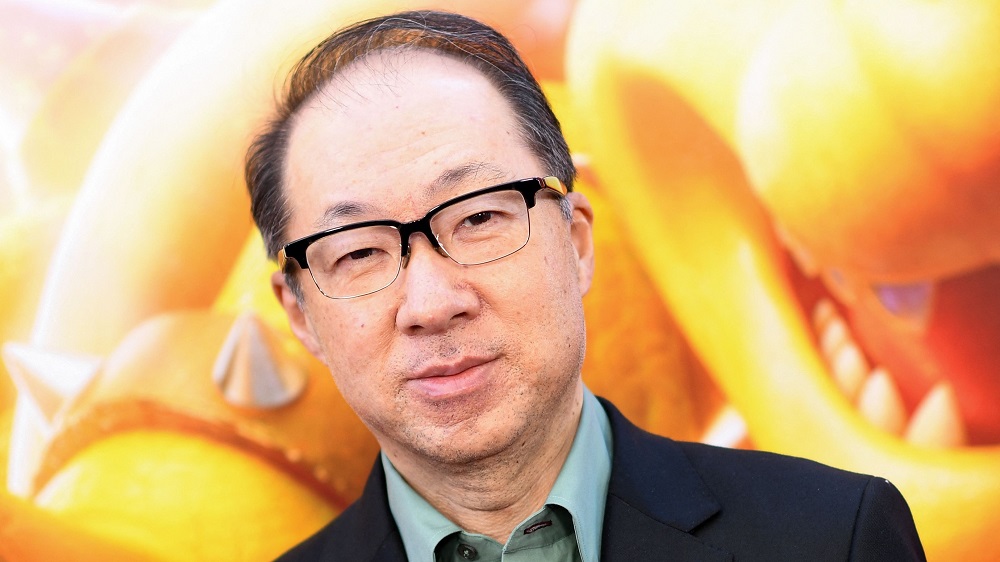
- Koji Kondo (Super Mario Bros., The Legend of Zelda) — set the standard for catchy, emotionally resonant melodies.
- Nobuo Uematsu (Final Fantasy series) — transformed RPGs with sweeping, cinematic scores that sounded bigger than the hardware allowed.
- Yuzo Koshiro (Streets of Rage, Shinobi) — blended dance and house influences with arcade action, especially leveraging the Genesis YM2612 chip.
- Hirokazu “Hip” Tanaka (Metroid, Kid Icarus) — introduced darker, more atmospheric tones, proving chiptune could be moody, not just cheerful.
These creators weren’t just making background noise. They were composing the soundtracks of childhoods worldwide.
Chiptune as Cultural Identity
Retro music wasn’t just something we listened to while gaming — it became part of the culture. Kids would whistle Mega Man tunes at recess. Magazines like Nintendo Power even published sheet music so fans could play game songs on their pianos at home (see How Gaming Magazines Shaped Retro Culture).
By the late ‘80s, having a catchy soundtrack was almost as important as having good graphics. Music was part of a game’s brand identity. Would The Legend of Zelda feel the same without its triumphant overworld theme? Probably not.
From Cartridges to Concert Halls
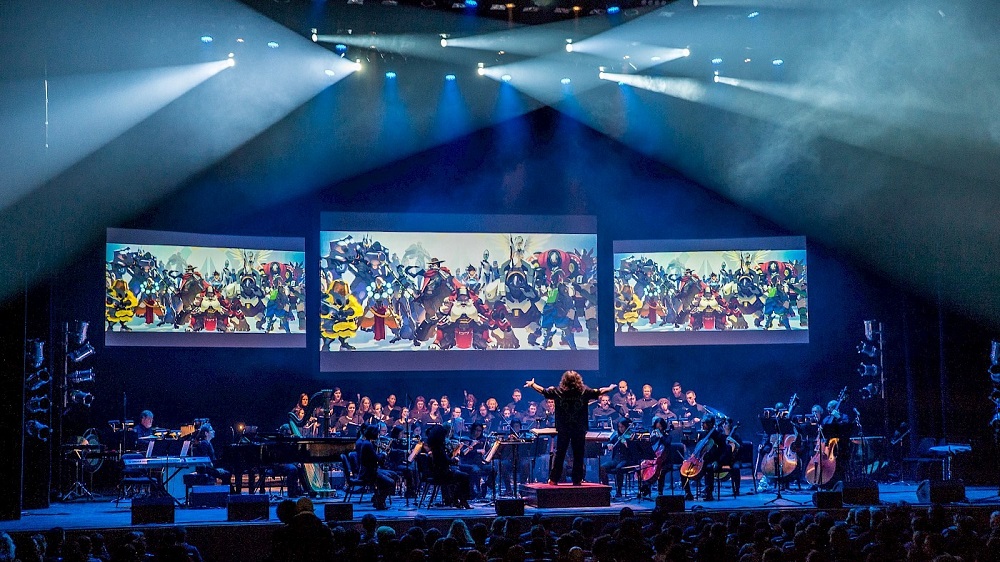
What began as “blips and bloops” on a cartridge has since evolved into a celebrated art form. Today, symphony tours such as Video Games Live and Distant Worlds: Final Fantasy sell out theaters. Hearing an orchestra perform an 8-bit theme validates what fans always knew — this was real music.
For many fans, these concerts are a reunion with their past. Parents who grew up on retro consoles now bring their kids to hear the same melodies in a grand new way.
Chiptune’s Influence on Modern Music
Retro game music didn’t stay confined to cartridges. It leapt into modern culture:
- The bitpop movement, spearheaded by artists like Anamanaguchi, directly samples Game Boy hardware.
- Electronic genres like synthwave borrow heavily from retro tones to evoke 1980s nostalgia.
- Even pop producers sneak in chiptune-inspired riffs to give tracks a playful edge.
Modern EDM festivals sometimes feature live chiptune performances — proving these sounds aren’t relics. They’re timeless.
Collecting and Preserving Retro Music
Just as gamers collect cartridges, vinyl, and consoles, there’s also a collector’s market for soundtracks. Vinyl reissues of retro game OSTs (from Chrono Trigger to Castlevania) sell out quickly.
Meanwhile, archivists preserve .NSF (NES Sound Format) and .SPC (SNES Sound Format) files online. Communities ensure that even obscure tracks are accessible for future generations.
This parallels the wider retro movement — just as consoles like the SNES remain beloved, their music is being lovingly preserved too.
Why Chiptune Still Matters
Even in an age where modern games feature fully orchestrated soundtracks, chiptune holds a unique place. Its magic lies in constraint — few channels, simple waveforms, infinite creativity.
Listening to these tunes today can transport you instantly back to childhood. It shows that you don’t need high fidelity to stir emotions. Sometimes, a few beeps and buzzes can tell a bigger story than a 100-piece orchestra.
Timeline: The Evolution of Chiptune Hardware (1977–1995)
- 1977 – Atari 2600: Simple tones and effects.
- 1979 – Intellivision: Added richer sound synthesis.
- 1983 – NES APU: Iconic 8-bit sound.
- 1985 – Commodore 64 SID chip: Complex, musical tones.
- 1989 – Game Boy: Portable 8-bit sound.
- 1988–1991 – Sega Genesis YM2612 & SNES SPC700: FM vs. sample-based synthesis created distinct “sound wars.”
- 1995 – PlayStation: True CD-quality audio, marking the end of pure chiptune.
This journey shows how retro music evolved alongside graphics, influencing what games felt like to play.
Conclusion: The Soundtrack of Our Memories
Retro game music is more than nostalgic noise — it’s the soundtrack of a generation. From Mario’s cheerful jump to the atmospheric hum of Metroid, these sounds defined how we experienced games.
Chiptune became a cultural marker, influencing magazines, community identity, and even shaping today’s electronic music scene. It proved that limitations fuel creativity, and that even the simplest tones can become timeless.
Every time you hear that 8-bit melody, you’re reminded: retro gaming wasn’t just about pixels. It was about sound — and those sounds still echo today.
